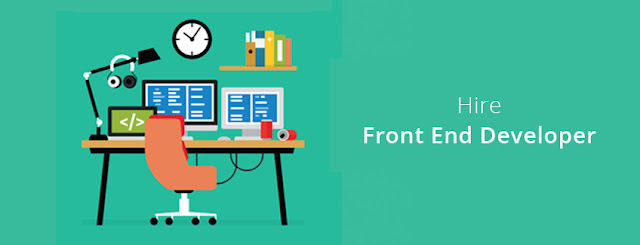Ready to Digitally Transform your Enterprise with RPA Solutions?
Ready to Digitally Transform your Enterprise with RPA Solutions? If you are in any of the sectors which are making headway in bringing RPA solutions into the business, then you know how fast and agile the transformation can be. It is not surprising then that those in these sectors have been itching for a solution since long. In fact, industry players like TCL are offering RPA solutions to their customers and partners in order to help them bring down costs and get better return on investment.
But what are the RPA solutions which
are available for enterprises? The fact is that there is no dearth of RPA
solutions in the market today. Any one and every RPA system can be purchased
off the shelf or can be customized to meet the requirements of a particular
business. And here is where the real magic happens. With RPA solutions,
businesses can and will easily and rapidly deliver value to their customers and
partners without having to invest in any new infrastructure or without having
to change business logic or the application logic architecture.
RPA software allows for rapid
application execution and data extraction. RPA solutions are highly extensible and provide complete control over the data and
the interactions between the user interface and the underlying database. RPA
solutions can help in managing multiple types of data and multiple formats. RPA
solutions are robust, flexible and scalable. This means that they can easily
integrate with other data handling software and can scale up and down easily to
take on growing workloads.
But it does not end there. With RPA
solutions, any enterprise can use the same RPA software across multiple
devices. So a single logical business process can be transformed to many
different discrete processes. RPA solutions are fault tolerant and scalable
too. They allow data to be retrieved or altered while preserving the original
format of the data.
RPA development process starts by
defining the data modelling and business rules to be followed. Next comes the
application programming interfaces, service layer, deployment systems and
business rules to be implemented in the system. All this is done at the client
side using the appropriate language. The data modelling and business rules to
determine the data types, the format of the data and how it will be used in the
RPA application.
After the application programming interfaces have been defined and tested, the system is deployed. This usually involves configuration management and software testing. The developers also play an important role in ensuring that the system is robust and fault tolerant. These factors make an RPA system ideal for large enterprises. However small organizations and start-ups may opt for a simplified RPA solution to get started.
RPA solution can be made simple by
removing the middleman. It also enables better data wrangling and allows the
developer to focus more on the application logic. However, this solution comes
with a steep learning curve and needs thorough knowledge of the RPA
environment. Most of the developers prefer to deploy the RPA solution
themselves to cut down the development cost. A customized or developed application
will reduce the cost involved further and will be easier to debug problems as
the system is more robust.
Enterprises are adopting RPA system
in growing numbers. More businesses are adopting this new software for fast and
efficient data processing in order to keep track of business transactions and
customer information. Large enterprises have been adopting RPA for their
business applications because they save money, time and improve the over-all
performance of the business. Smaller businesses are following the trend slowly
but steadily. As this technology grows in popularity, more businesses will see
the advantages of using RPA in their business applications.
Do you want to connect with us? Automation
Consulting
x



Comments
Post a Comment